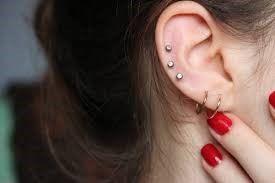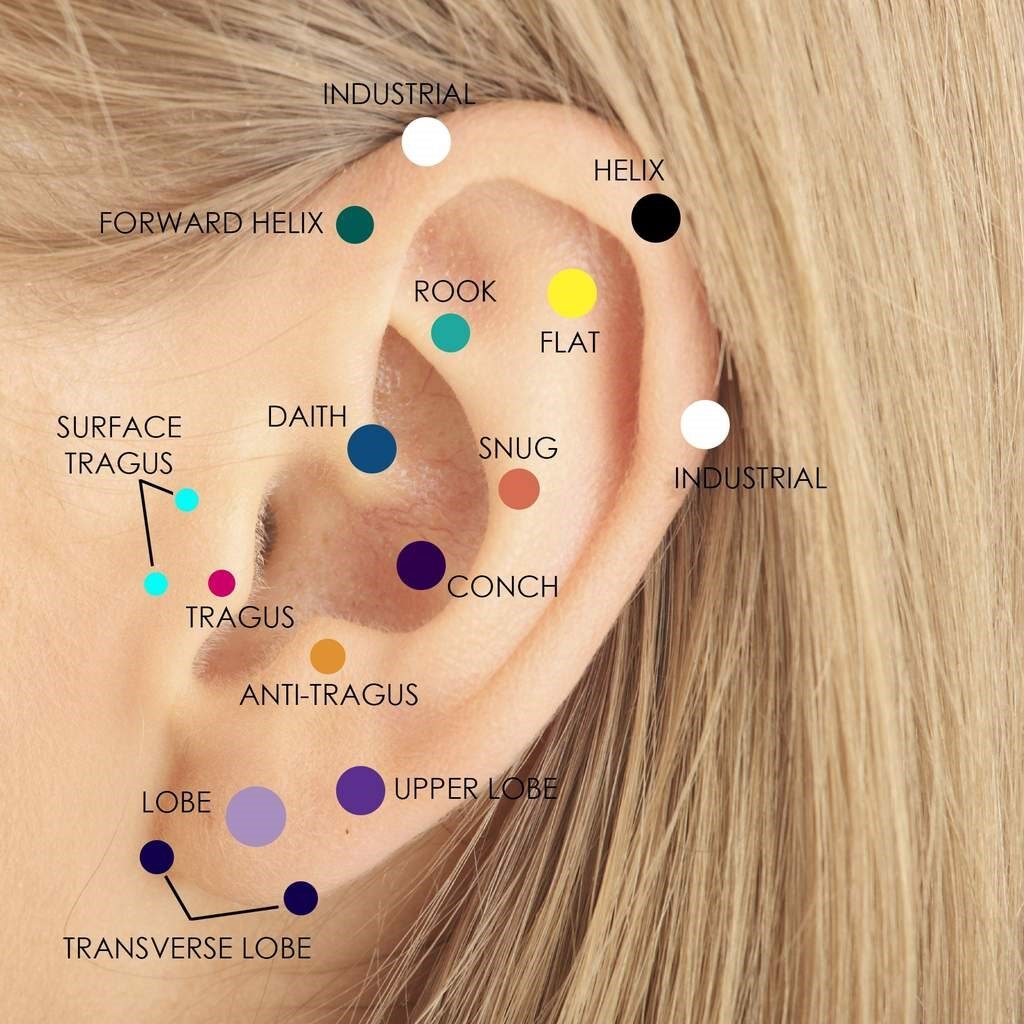PRESCRIBE
IRRESPONSIBILY
Jolliz Handmade Jewelry
Cartilage Piercing: Everything You Need to Know
When it comes to piercing, earlobe piercing is the most common, and almost everyone is aware of its ups and downs. However, these days cartilage piercing has gained significant popularity. And if you are trying to step into the world of cartilage piercing it’s best to get your facts straight and research is done. This will help you genuinely recognize if you are committed to the piercing or if you only admire it from afar.

Let’s dwell a little deeper on cartilage piercing before answering the ultimate question of how bad cartilage piercing will hurt. (spoiler alert: the pain is different for everyone)
What is a cartilage piercing?
Cartilage piercing is done on the area of the ear that has more rigid tissue, compared to the earlobe, which is mostly the upper ear.
What are the types of cartilage piercing?
There are many types of cartilage piercing, but some of the most popular are:

Rook: This is done in the antihelix, the upper ear, the fold that is right beneath the helix, and the rim of the ear.
Helix: the upper, outer rim of the ear. It is one of the most popular.
Daith: it occurs through the ear’s inner fold of the cartilage
Conch: the inner conch piercing is placed in the middle of the ear, while the outer conch piercing is done on the outer part of the ears cartilage, and it requires two piercings, also known as orbital piercing. (spoiler for orbital: this might hurt, and you might need moral support)
Earhead: this is done on the outer rim, above the tragus, and is also known as forward helix
How bad does it hurt?
The hurt varies from person to person as it depends on how nerve dense the area of the ear is. According to many, the conch piercing hurts the most while the rook is a bit milder.
However, on average, cartilage piercing hurts more than a traditional piercing. Other factors may also influence the level of pain, such as:
- the skill of the piercer
- quality of needle
- the anxiety level of the client
- comfort level with the piercer
How long does it take to heal?
The cartilage piercing takes longer than a regular earlobe piercing, usually 6-12 months, so the pain in cartilage piercing lasts longer.
What jewelry to choose from?
When getting a cartilage piercing, it’s essential to choose the right jewelry to avoid the risk of infection; stainless steel or hypoallergenic metal should be used.
What is the aftercare process like?
To have infection-free healing, you must keep the ear clean. It is recommended to clean the area with soap and water and to blot it dry. Cleaning is recommended twice a day, as over-cleaning can irritate.
Fresh piercing can also get irritated by dirty bedding and pillows, so it’s recommended to change it frequently. Also, avoid lying on your piercing to avoid pulling. (spoiler: yes! sleep becomes difficult, and yes, it hurts when the piercing gets pulled)
If there is oozing or scabbing, use a cotton swab dipped in saline and clean the edges. If any swelling, bumps, thickened scar tissue, or tenderness starts to happen, it’s best to see your dermatologist.
Conclusion
Getting cartilage piercing done can be a daunting experience, especially if you are new to it. To have a better experience, talk to your piercer and see which is the best possible piercing for you before you get it done.
